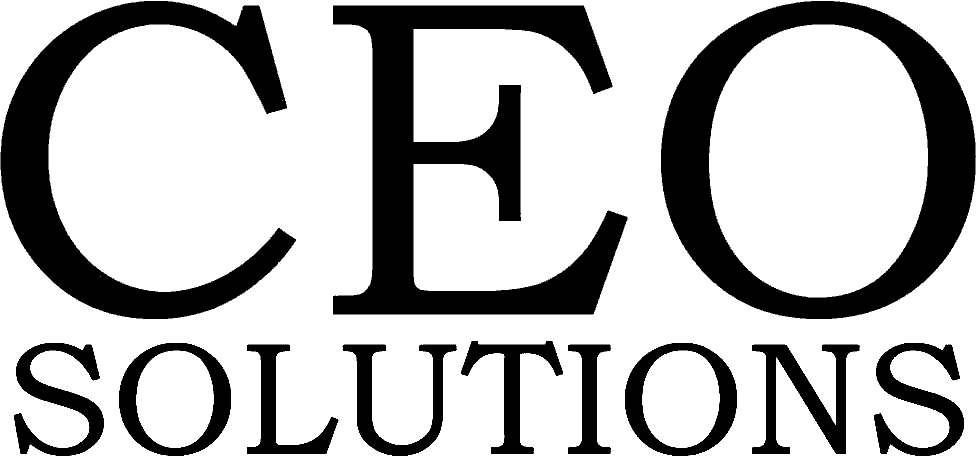Recognizing and addressing skills gaps are hot topics in any professional industry. Most businesses understand that waiting for the perfect employee to come along that checks all the boxes they might want for a position is not always realistic. Other businesses would rather train an existing employee and promote from within than risk the responsibilities of a management role on an outside hire.
Professional development can come in many forms. Some might include off-site workshops or classes, professional memberships, or even tuition reimbursement programs. The goal of a professional development program within an organization is to increase the skills of existing employees and show that the company is invested in their development. Professional development opportunities also improve company morale and help build trust and loyalty.
Increase Retention
According to Career Builder, the average company loses more than $14,000 for every job that says vacant longer than three months. While many companies are cutting costs on onboarding and training, companies that invest in their staff stand out from the crowd. Showing a distinctive interest in the development of your employees shows them that your company is not just interested in filling a position, but developing a career. Investing in personal development gives your team the confidence to want to stay on long-term.
Build Confidence and Creditability
The phrase “Fake it until you make it” likely originated from a person that was not as comfortable in their role as they would have liked. Especially as a new employee starting, it can be difficult to build confidence with feelings of inadequacy. No one wants to feel like they are missing skills in their job. Professional development programs build confidence and set up a system of support for new and long-term employees.
Make Succession Planning Easier
Perhaps the best use of personal development programs is in succession planning. Companies can avoid awkward outside hires by further developing the team members they already have on staff. By working with the workers already in-house, businesses can reduce existing knowledge gaps that are often the culprit of high turnover – especially among outside hires.
Re-energize Your Staff
Even if you do not have a succession plan in your organization, personal development is a great way to keep the team motivated and prevent team burnout. Professional development helps to break up the monotony of everyday work and re-energize staff creativity. Professional development can also help your staff gain a new perspective, which changes how they approach their jobs.
Develop Undiscovered Skills
Development programs can be a new learning opportunity, or they can help your staff learn from others. You might choose programs that help your office stay up-to-date with consistently evolving technologies and processes, or pick programs that best utilize the already existing skills of your staff. As other professionals share their experiences, your staff can pick up new ideas and perspectives. This can lead to greater efficiencies you previously did not recognize for your organization.
Rather than waiting for the perfect employee to come along, we suggest you consider utilizing professional development to build the skill sets you need in your organization. If you are looking for some development ideas for your staff, check out our calendar of events, or contact CEO Solutions to become a member.










